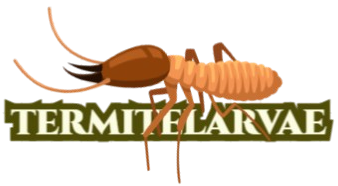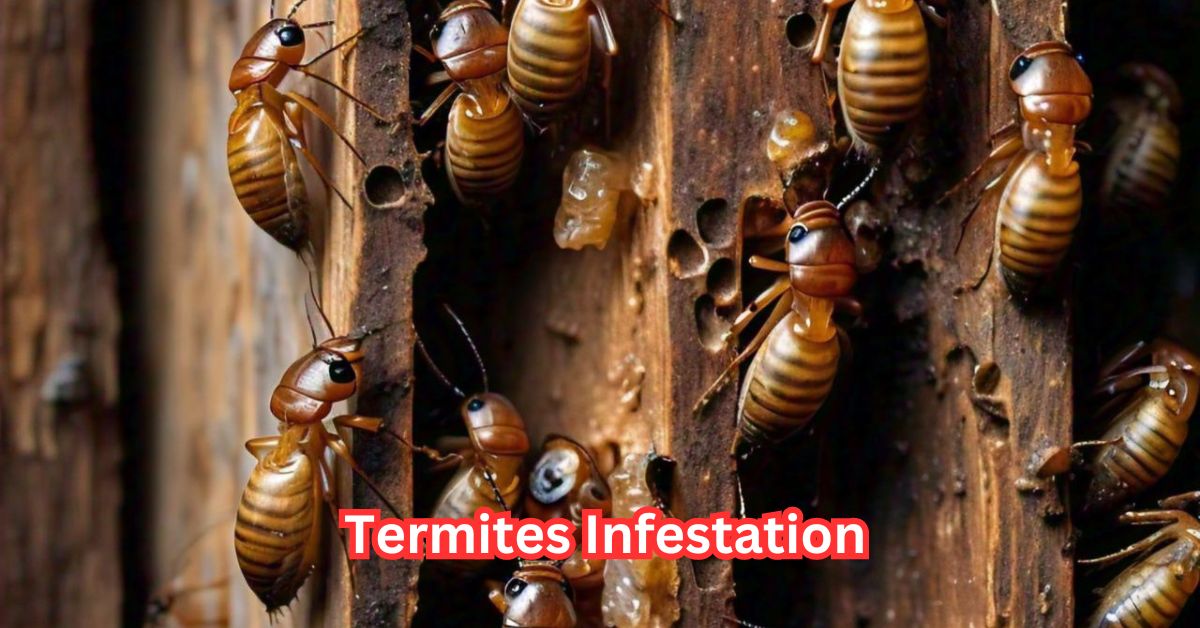Termites are soft-bodied, whitish insects that prefer wet cellulose settings, for those who are unaware. Because they enjoy feeding on plants, trees, and wood in our homes, they can be a serious threat to these things. The majority of Indian residences, including apartments and villas, include wood for windows and doors in addition to furniture woodwork. Because the quality of wood varies in direct proportion to its cost, we regularly make compromises about what wood will be utilised. Consequently, wood items that aren’t pesticide- or vermin-treated are being used. At this stage, termites attack.
Termites Infestation Symptoms and Causes
Termites may do a great deal of damage quickly and are quite destructive. Setting up pest control services as soon as is practical is crucial. But you may only take this action if you know that there is a termite infestation. Let us now search for signs of termite infestation.
Top 10 Signs of Termite Infestation
Head banging: Contrary to common belief, this isn’t to rock or heavy metal. If you press your ears up to the wooden furniture or walls, you could hear an odd noise. Headbanging is the phrase for worker termites hammering their heads on the wood to alert the colony to danger.
Wood that sounds hollow: Termites eat wood from the inside out, so keep an eye out for wood that sounds hollow or papery. This suggests that it will be completely hollow on the inside, with just a thin layer of wood or paint on the exterior. Termites are present if you hear hollow or papery noises when you knock on these areas!
Stiff windows and doors: As termites tunnel through the frames of windows and doors, they collect moisture.
Frass:
Termites produce debris that may be found all over the place and serves as a sign that you have company. While subterranean termites use their excrement to dig tunnels, dry wood termites leave their droppings at the beginning of their tunnels, leaving a black, powdery residue around the area they are infesting.
Wooden walls and tunnels:
Termites move about inside the contaminated area via galleries, which are tunnels. Sometimes it’s hard to see these tunnels with the unaided eye, but if you search closely for the cracks in the wood, you might be able to locate them. At that point, you become aware that something is wrong!
firmly fitting windows or doors: Most doors, windows, and frames in contemporary homes are still made of wood. Termites might get to them through.
Mud Tubes:
Termites build tubes out of mud and other materials to transport themselves from their nest to the wood they devour. These tubes are found on surfaces such as ceilings and walls, among other locations.
Paint peeling or bubbling: Termites can harm painted surfaces in addition to consuming wood. Termite damage may be indicated by paint that is flaking or bubbling for no obvious cause.
Musty smells: Termites emit moisture when they consume wood and burrow through it, which can give off a musty smell around them.
Porous or soft wood: Termite damage may be indicated if a wooden surface feels pliable or mushy to the touch.
Five Typical Reasons for Termite Infestation
The most frequent reason for termite colonies to form in your home is moisture. This includes all wood and timber furniture at home, leaky faucets, broken roof tiles, garden mulch, doors, windows, cardboard, and other cellulose products. The best defence against termites is to maintain a dry home.
Wooden paths encircling your home: Move any wood or cellulose items that are near your house further away. They act as connections between the termites outside and within your home.
Geographical location: Termites are more likely to reproduce at homes in warmer, wetter states or areas due to local environmental factors.

